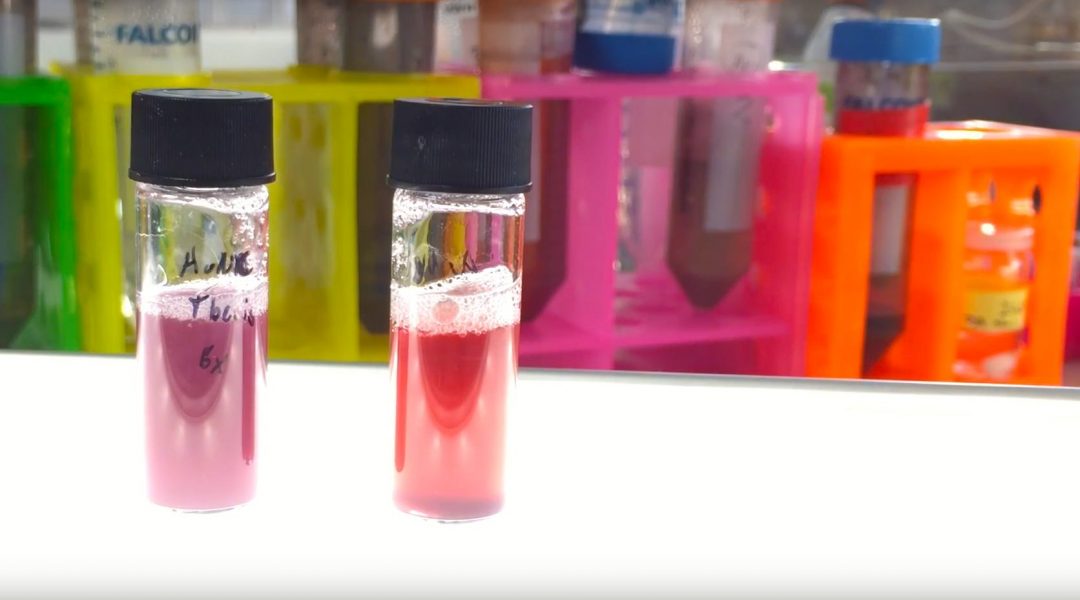The interfaces of complex oxides may be tuned to create novel multifunctionalities for next-generation electronic devices.
![Interface Engineering Strategies for Next-Generation Electronics [Video]](https://www.advancedsciencenews.com/wp-content/uploads/2018/11/adma201802439_ASN_image.jpg)
![Interface Engineering Strategies for Next-Generation Electronics [Video]](https://www.advancedsciencenews.com/wp-content/uploads/2018/11/adma201802439_ASN_image.jpg)
The interfaces of complex oxides may be tuned to create novel multifunctionalities for next-generation electronic devices.
![Carbon Nanomaterials in Healthcare [Video]](https://www.advancedsciencenews.com/wp-content/uploads/2018/11/adma201802368_ASN_image.jpg)
Carbon nanomaterials are promising therapeutic and diagnostic agents for healthcare applications including imaging and drug-delivery.

A visible color change occurs when active nanocomposites are heated and re-cooled, which is attributed to the mobility of the nanoparticles embedded inside the material.

Chemists have created a heterometallic superatom that provides prerequisites for developing new, more cost-effective catalysts.

Direct writing of low-cost MXene-in-water inks using a rollerball pen.

Climbing these steps of the materials discovery ladder requires embracing a vast body of experiential knowledge accumulated over years of first-hand experimental and theoretical learning.

Plasmonic–magnetic heterostructures are designed to prevent Ag+ release from cathodic Ag by sacrificial anodic Fe.

Stanislav Piletsky and his colleagues have used molecularly imprinted polymer nanoparticles to replace both antibodies and enzymes in biological assays.
![A Digital Coding Metasurface Controlled by Light [Video]](https://www.advancedsciencenews.com/wp-content/uploads/2018/09/advs201801028_ASN_image_new.jpg)
Researchers design a digital metasurface for real-time control of electromagnetic waves.

Researchers developed wearable energy-harvesting device that generate energy from the swing of an arm.